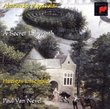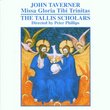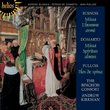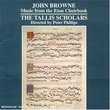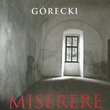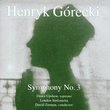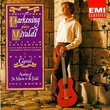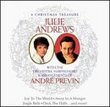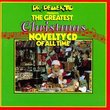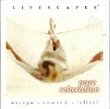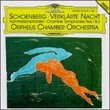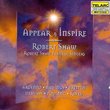| All Artists: William Cornysh, The Tallis Scholars, Peter Phillips Title: William Cornysh: Stabat Mater Members Wishing: 0 Total Copies: 0 Label: Gimell UK Release Date: 10/9/2001 Album Type: Import, Original recording reissued Genres: Pop, Classical Styles: Vocal Pop, Opera & Classical Vocal, Chamber Music, Historical Periods, Classical (c.1770-1830) Number of Discs: 1 SwapaCD Credits: 1 UPC: 755138101425 |
Search - William Cornysh, The Tallis Scholars, Peter Phillips :: William Cornysh: Stabat Mater
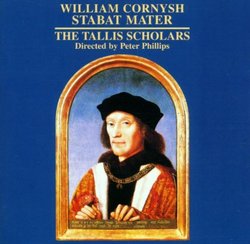 | William Cornysh, The Tallis Scholars, Peter Phillips William Cornysh: Stabat Mater Genres: Pop, Classical
|
Larger Image |
CD DetailsSimilar CDsSimilarly Requested CDs |
CD ReviewsAh, music! FrKurt Messick | Bloomington, IN USA | 06/17/2004 (5 out of 5 stars) "--William Cornysh-- William Cornysh, born in 1465, was one of the leading composers of his time, living at a time of the beginning of the great flowering of liturgical music. He is well represented in the Eton Choirbook, a major manuscript of music of the time. He was a renaissance man, known as a musician, poet, actor and playwright, though only a handful of vocal works survive from his varied output. Cornysh was appointed as master of the Royal Chapel by Henry VIII, and was the leader of the famous ceremonies at the Field of the Cloth of Gold in 1520. His music is typical of the period's florid style in some regards, but also began to tend toward the simple patterns soon dominant - Cornysh was part of two worlds, musically.. While scholars know of his work, most of it seems not to have survived - only one poem, and a handful of secular and sacred songs, remain. He died in 1523. There is a little held but still interesting theory that there were two men named William Cornysh of note in the early Tudor period.--Musical Works-- This disc has nine pieces by Cornysh, some sacred and some secular. The secular pieces are very much in the style of medieval carols, songs of joy with a repeating refrain (often called a 'burden' in this period). Ah, Robin and Woefully arrayed are such; Adieu, courage and Adieu, my heartes lust are but fragments. The Stabat Mater is also a fragment, being completed here by Frank Harrison, who wrote several missing sections of the music to complete it in Cornysh style. The other songs here survive from the Eton Choirbook, save the Magnificat, which comes from the Caius Choirbook. --Liner Notes-- Being internationally acclaimed, the Tallis Scholars' CDs typically present their commentary and texts in English, French, German and Italian (together with any Latin texts); that is true of this disc. The cover art also typically represents visual arts contemporary with the compositions - here it is a piece from the National Portrait Gallery, a painting of Henry VII by Michiel Sittow.--The Tallis Scholars-- The Tallis Scholars, a favourite group of mine since the first time I heard them decades ago, are a group dedicated to the performance and preservation of the best of this type of music. A choral group of exceptional ability, I have been privileged to see them many times in public, and at almost every performance, their singing seems almost like a spiritual epiphany for me, one that defies explanation in words. Directed by Peter Phillips, the group consists of a small number of male and female singers who have trained themselves well to their task.Their recordings are of a consistent quality that deserve more than five stars; this particular disc of pieces by Cornysh deserves a place on the shelf of anyone who loves early music, choral music, liturgical music or Gregorian chant, classical music generally, or religious music. It is breathtaking. The music on this disc was originally recorded in 1988 at the Church of Sts. Peter and Paul, Norfolk." Beautiful recording of beautiful music R. Rockwell | Brooklyn, NY USA | 02/23/2003 (5 out of 5 stars) "I have the feeling that Cornysh would be better known if his larger scale masses has survived. This recording combines several religious works along with secular songs, both quite emotional but simple in tone. There are also two very different styles in his sacred pieces--a faily simple almost chantlike evokation of the Ave Maria and the Gaude virgo as well as a more florid style of the Stabat Mater and Salve regina which includes the higher voices.
The secular songs are wonderful evocation of mood. Ah robin brought me to tears. I would highly recommend this recording to all interested in early music." |

 Track Listings (9) - Disc #1
Track Listings (9) - Disc #1![Heavenly Harmonies [Hybrid SACD]](https://nationalbookswap.com/cd//m/73/6073/6166073.jpg)
